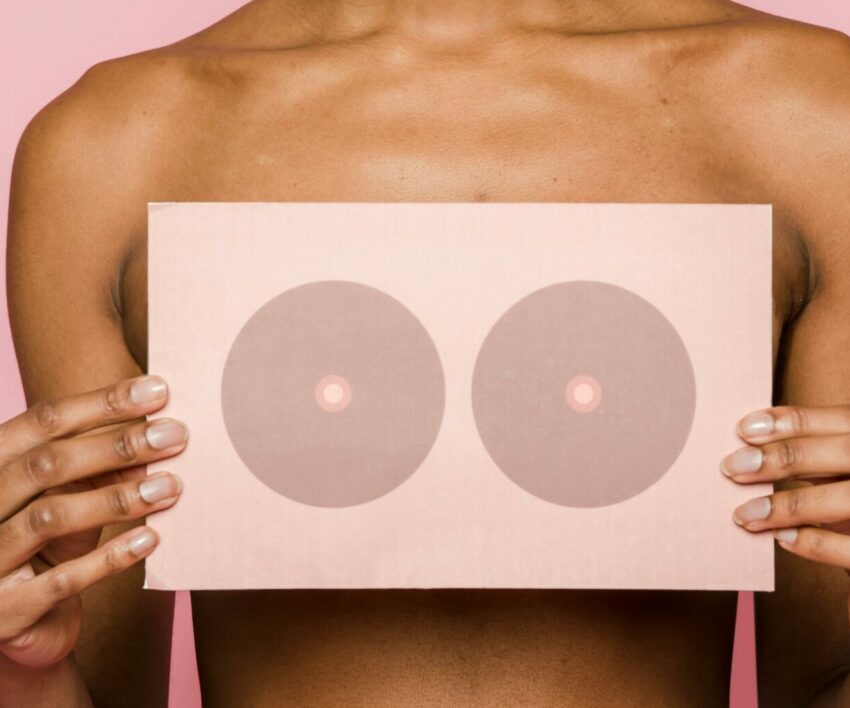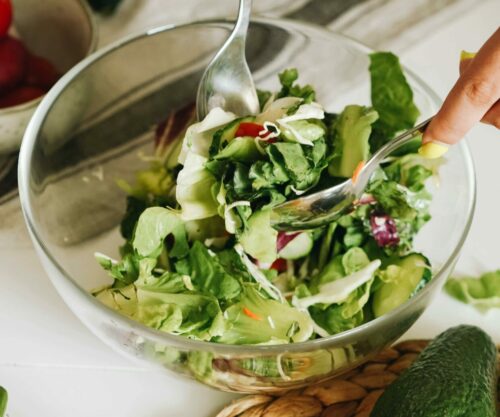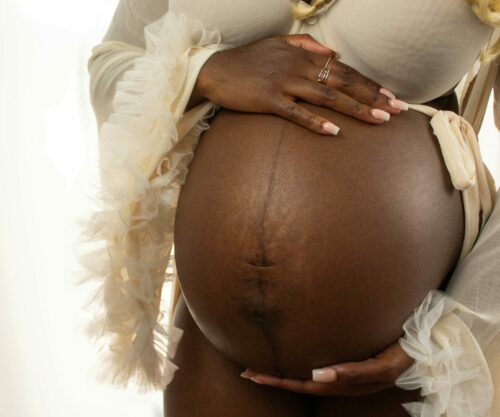
Taking care of the two ladies on your chest as a woman must be a priority. For some women, breasts are often a big deal, especially how they look in terms of shape and size, it is therefore important to not only be worried about how they look on the outside but also be concerned about their overall health.
According to Medical News Today, when bacteria get inside the breast and cause inflammation, it is called a breast infection. “This is called mastitis. It can cause an infected lesion on the surface of the breast and pain deep in the breast.” The publication also mentions that although this infection is often found in breastfeeding moms, it can also affect people who aren’t lactating.
Symptoms
The Mayo Clinic mentions that mastitis symptoms include sudden breast tenderness, swelling, lumps, pain, redness, feeling ill, and a fever of “38.3 degrees Celsius or greater.” The clinic adds on to state that hyperlactation, or an excess of milk, is the most prevalent cause of mastitis. It is said that your milk ducts constrict as a result of this excess milk because the surrounding tissue presses against the ducts. “This leads to engorgement, which is when your breasts are extremely full and swollen.”
Types of mastitis
There are different types of this breast infection and WebMD details briefly what each type entails.
Lactational Mastitis
This is the most typical kind, which develops when nursing, states the publication above. “The milk ducts of the breasts are engorged due to an infection from bacteria breaking through the skin. Staphylococcus aureus is the most common bacteria.’
Periductal Mastitis
This is said to be a benign (not cancerous) case of nonlactational mastitis. The ducts beneath the nipples are said to develop an infection and inflammation. “This mostly affects women of reproductive age.”
Granulomatous Mastitis
WebMD claims that most cases of this uncommon nonlactational mastitis occur in women within five years of giving birth. It is stated that the symptoms of breast inflammation might resemble those of breast cancer but it is a benign ailment, nevertheless.
Treatment
Medline Plus suggest ways to treat and manage mastitis stating that self-care involves applying moist heat to infected breast tissue, taking pain relievers, and using antibiotics. “If there is an abscess that does not go away, needle aspiration under ultrasound guidance is done, along with antibiotics. If this method fails to cure the abscess, then incision and drainage are the treatment of choice.”
Also see: How to combat breast sweat




